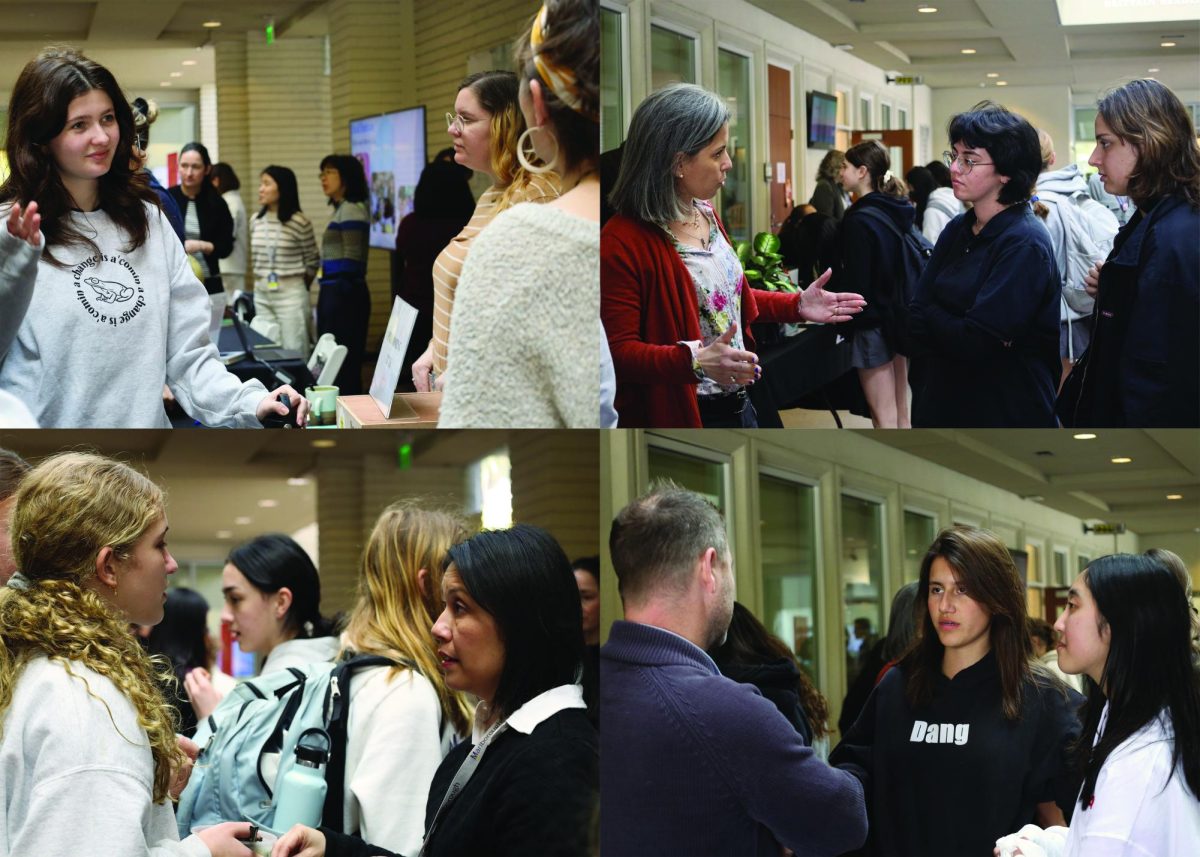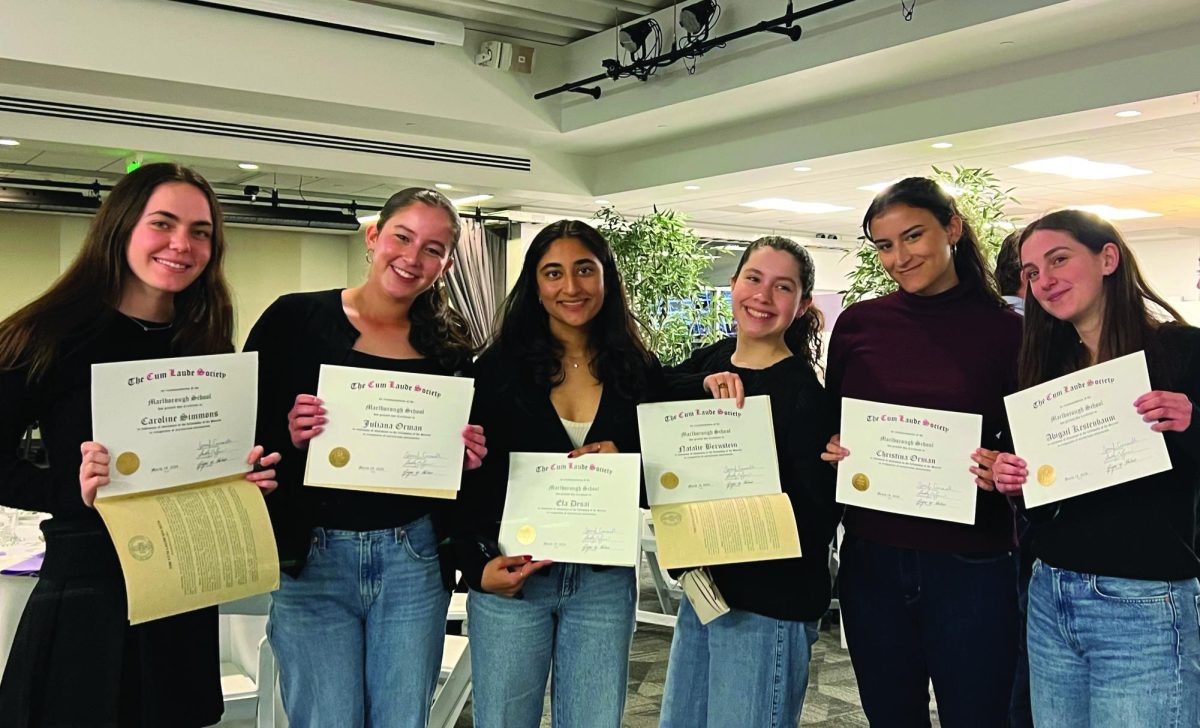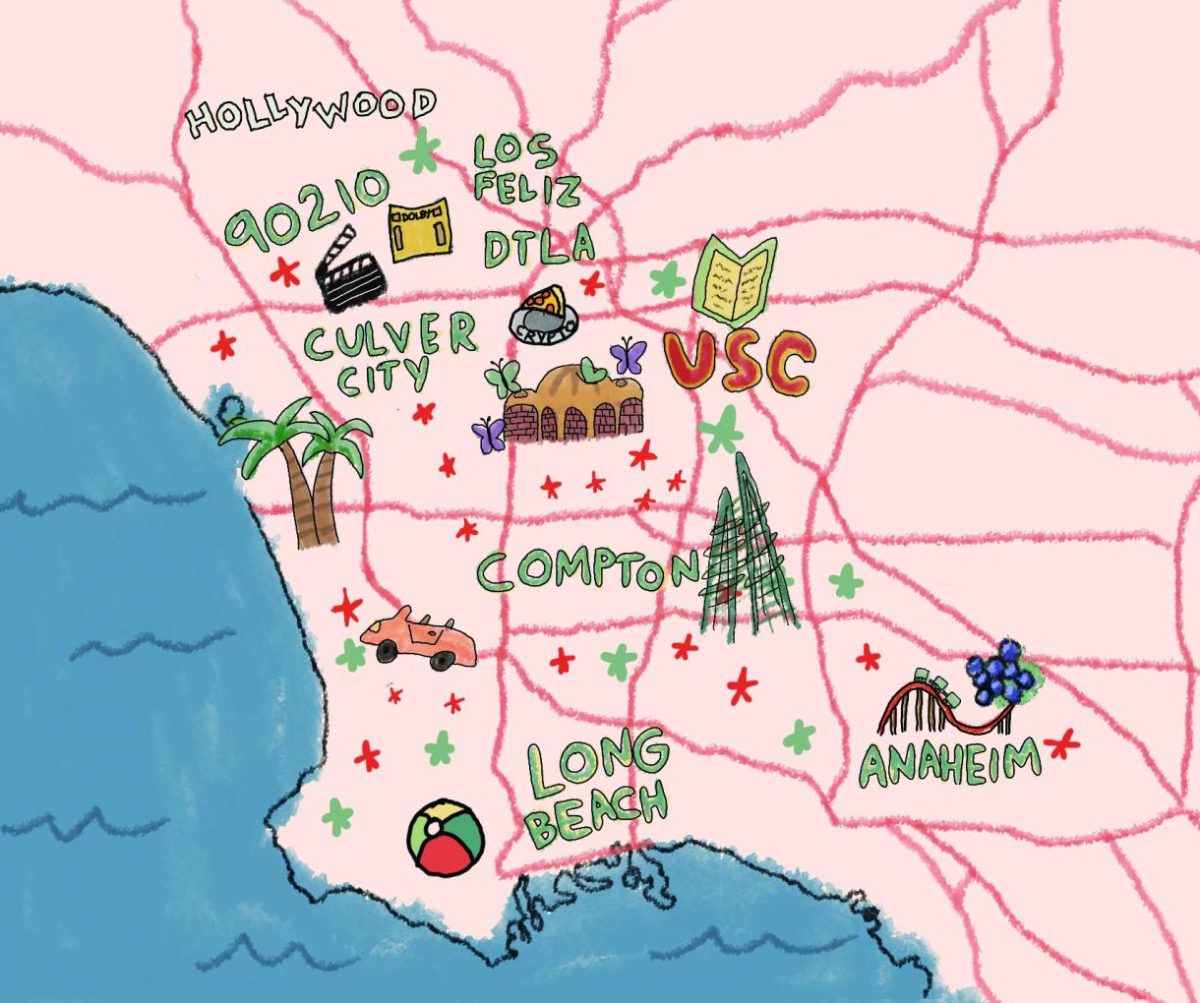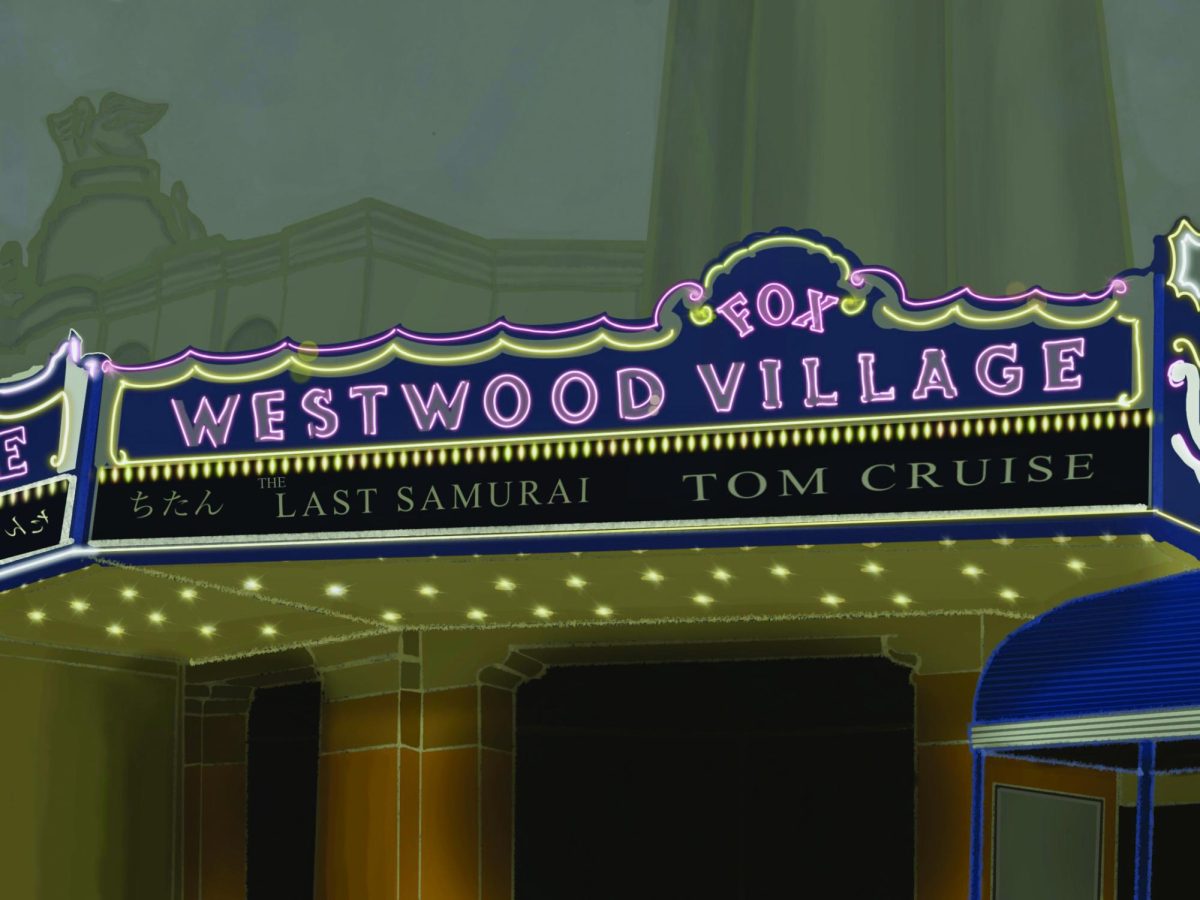When the lunch bell rings at 11:36, students face a multitude of choices – studying in the ARC, relaxing with friends or participating in one of the many clubs on campus. We all know that study and relaxation time are cherished, so what kind of clubs are students willing to give these up for?
With over 50 clubs on campus and variety ranging from MUN to Buffy Club, a couple dozen students in “Woman on the Street” interviews repeatedly mentioned only four clubs as the “main clubs” at school: AACE, Alliance, EAST and ACUTE. Many students said these clubs came to mind because of their large presence on campus. However, it is also worth noting that these “main clubs” seem to strike a balance – they’re meaningful without being too serious and they demand just the right amount of commitment from members.
Talk Turns to Gold
Some students believe that a club’s publicity around campus is a large factor in its status as a “main club.”
Alliance co-president Haley ’10 said that one of the reasons Alliance might be viewed as a “main club” is because of how many events the club organizes throughout the year, such as Coming Out Day, Day of Silence, and an all-school assembly.
Sarah ’11 agrees with this and said that the more well-known clubs are the ones whose members are constantly making announcements.
“I’m always hearing someone in the hall screaming ‘AACE meeting today’ or seeing a flyer in the bathroom about ACUTE’s shoe drive,” she said.
AACE president Simi ’10 said that events such as a luncheon or an assembly allow a club to showcase their cause to the whole school.
“You kind of get an overview of what they’ve been doing the whole year even though you don’t go to them,” she said.
She added that a club’s visibility to the entire school, rather than just among its members, is what most directly influenced her opinion of which clubs she considers as the most successful.
Too Legit to Quit
Many students also said that main “clubs” are so strong because they deal with serious topics, such as one’s identity or the environment.
“They carry some sort of social weight. What they’re based around has more of an impact on the rest of the world,” said Sydney ’10, co-president of Harry Potter Club and Buffy Club. She said that her clubs have a sizable following, but aren’t considered “main clubs.”
Foreign Language Department Dean Leigh Hansen, the faculty member in charge of coordinating clubs, agreed. She said that it’s easier for clubs to survive “when there is a definite, strong purpose.”
For this reason, many hobby clubs find it difficult to gain the same type of membership and recognition on campus, according to Anime Club president Taylor ’10. She said that Anime Club has a “niche” group of 10-15 students who attend weekly.
“People tend to identify more with their race or values than with their hobbies,” Taylor said.
On the other hand, it seems that there is such a thing as too serious. For example, religious clubs such as Shalom Club or Violets for Christ address serious topics but do not have the same presence on campus as AACE or Alliance.
Violets for Christ president Schessa ’12 said this is because some students view religious clubs, in contrast to hobby clubs, as too weighty.
“Joining a religious club is so controversial,” she said. “People don’t want to feel pressured to want to listen to commandments.”
Becky ’11, co-president of Shalom Club, said she faces the same problem. “Religion is a touchy topic, so people are hesitant to join,” she said.
Stay on the Line
According to a poll conducted by the UltraViolet, 37% of the 110 students who responded said they consider themselves a member of four or more clubs. However, this raises the question of how much commitment most clubs demand.
For example, not all students who are signed up for a club attend weekly meetings. Haley said that even though 45 students signed up for Alliance at Club Fair, only about 20 students attend weekly.
“There are some people who sign up to show support and find that they just don’t have the time,” she said.
Simi said that one of the ways AACE tries to retain members is through its council system, which currently consists of nine senior members: president, vice president, secretary, historian, treasurer, public relations, activities coordinator and two assembly coordinators. She said this gives younger members something to look forward to if they stick with the club.
AACE secretary Nailah ’10 said the younger grades are the foundation of a solid club, and that AACE’s council system was one of the reasons she’s been part of the club since seventh grade.
“When I was in seventh grade, I knew that at some point my role was to be on the AACE council. Some clubs start up on a spur of the moment and people don’t feel as committed,” she said.
Again, you can go too far, as might be the case with academic clubs such as MUN and Debate. MUN co-president Izzy ’11 said the required time commitment after school and during weekends deters many students from sticking with the club.
“People like the way that [MUN] sounds and looks for college, but it takes more commitment than people realize when they sign up for it,” she said.
Follow the Trend
Additionally, the success of a club may also depend on the time when it was created. According to Sydney, Harry Potter Club used to have about fifteen regular members a few years ago, but now only has eight. She said the club flourished when the book series peaked in popularity, but now it’s struggling.
“The book series ended a while ago and we’ve been running out of topics to discuss,” she said.
However, even the “main clubs” face problems with retaining members. EAST co-president Erica ’12 said the club has struggled with membership since a large group of seniors left two years ago. Erica thinks that EAST’s cultural focus has contributed to the lack of members.
“A lot of people have this idea that you’re not allowed to go to EAST if you’re not Asian. With the cultural and racial clubs, people think it’s out of the question to go to one not of their own heritage,” she said.
AACE and Alliance will also be graduating a large number of members in the next two years. However, Haley isn’t too worried.
“Although Alliance may fluctuate in size, I think it will be fine because there will always be queer students and allies at Marlborough,” she said.
But what is success?
When it comes down it, however, sometimes the “lunchtime club” can be just that – lunch. Nothing says that joining a club has to be anything but hanging out with friends; that you have to spend your time trying to change the world.
Hansen said the administration has designed the club program to be flexible. She said their main concern is ensuring that clubs have a faculty advisor and a purpose, regardless of how popular or productive they are.
“If there are enough students that want to do it, there should be a club,” she said.
Sydeny also pointed out that a club’s success doesn’t necessarily relate only to how popular a club is to the whole student body. She said that Buffy Club has a devoted group of 10-15 students who attend weekly, and thereby deems the club a success.
“We have a large number of people who come every week. It doesn’t make us a mainstream club, but it makes us legitimate,” she said.
Article by Celine and Heather.










